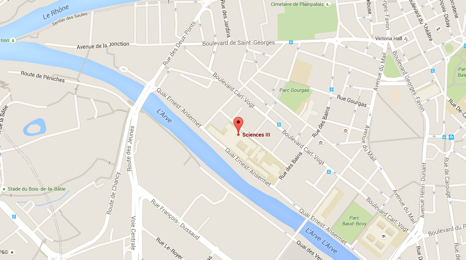highlights
The dynamic behavior of chromatophores marks the transition from bands to spots in leopard geckos
Reptilian skin coloration is spectacular and diverse, yet little is known about the ontogenetic processes that govern its establishment and the molecular signaling pathways that determine it. Here, we focus on the development of the banded pattern of leopard gecko hatchlings and the transition to black spots in the adult. With our histological analyses, we show that iridophores are present in the white and yellow bands of the hatchling and they gradually perish in the adult skin. Furthermore, we demonstrate that melanophores can autonomously form spots in the absence of the other chromatophores both on the regenerated skin of the tail and on the dorsal skin of the Mack Super Snow (MSS) leopard geckos. This color morph is characterized by uniform black coloration in hatchlings and black spots in adulthood; we establish that their skin is devoid of xanthophores and iridophores at both stages. Our genetic analyses identified a 13-nucleotide deletion in the PAX7 transcription factor of MSS geckos, affecting its protein coding sequence. With our single-cell transcriptomics analysis of embryonic skin, we confirm that PAX7 is expressed in iridophores and xanthophores, suggesting that it plays a key role in the differentiation of both chromatophores. Our in situ hybridizations on whole-mount embryos document the dynamics of the skin pattern formation and how it is impacted in the PAX7 mutants. We hypothesize that the melanophores-iridophores interactions give rise to the banded pattern of the hatchlings and black spot formation is an intrinsic capacity of melanophores in the postembryonic skin.
Skin colour patterns: predicting the unseen
In ‘Physical Review X (PRX)’, Milinkovitch's team predicts & confirms a secondary colour pattern in ocellated lizards. This pattern is too subtle for our eyes to see.
Understanding Architecture And Evolutionary Patterns In Haplolepidous Peristomes (Dicranidae, Bryophyta) Using Histology And Micro-Morphology
25.07.2023 14:00, Salle de conférence (Museum of Natural History)
Mathilde Ruche (Michelle Price's group).
hosted by: Michelle Price.
Research
Our department hosts 12 research laboratories gathering close to 200 scientists, engineers and technical staff. Research topics cover a large variety of topics, such as developmental genetics and neurogenetics, regeneration, evo-devo, physics of biology, phylogenetics or anthropology.
moreevents
-
25 Jul
Understanding Architecture And Evolutionary Patterns In Haplolepidous Peristomes (Dicranidae, Bryophyta) Using Histology And Micro-Morphology
-
30 Aug
to be announced
-
29 Sep
Mechanobiology of cell shape control
contact
Department of Genetics and Evolution
Quai Ernest-Ansermet, 30
1205 Geneva
Switzerland
office: 4002A
T: +41 22 379 67 85
 more
more
